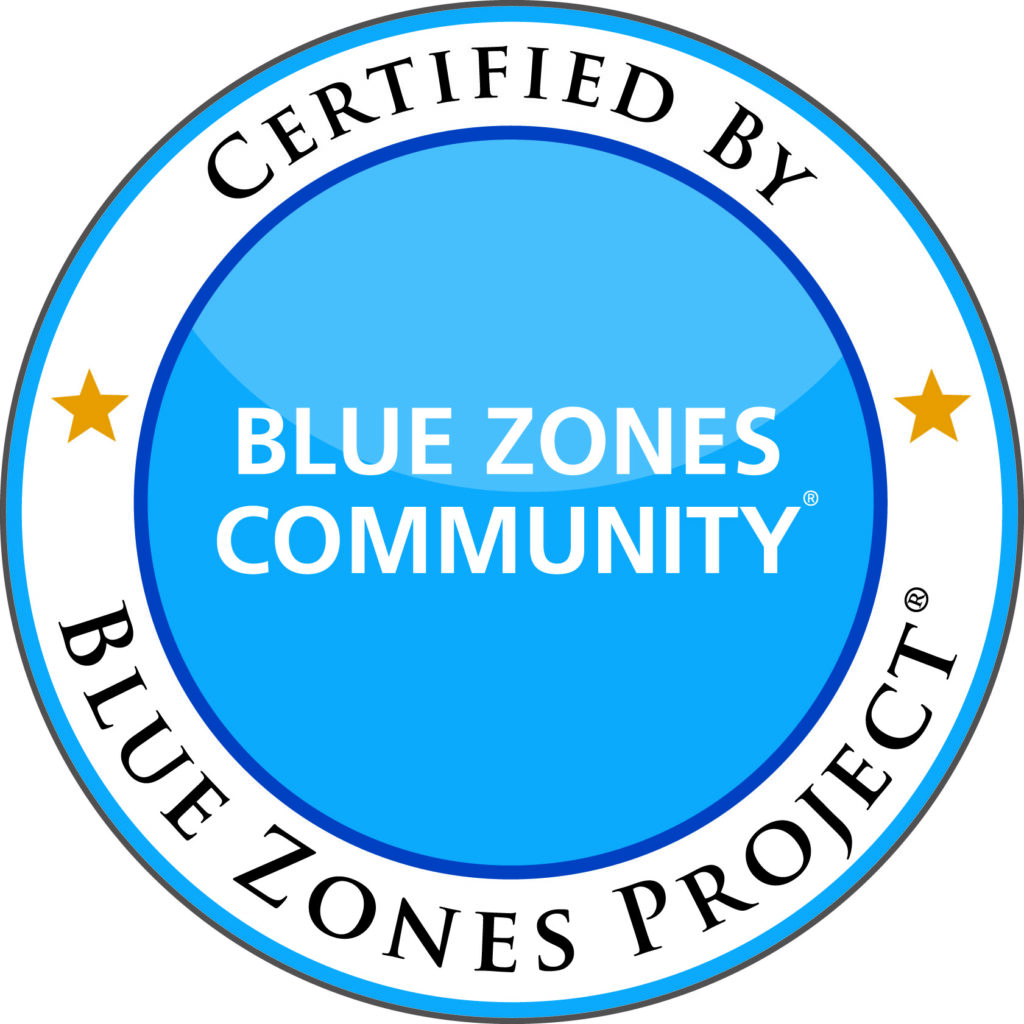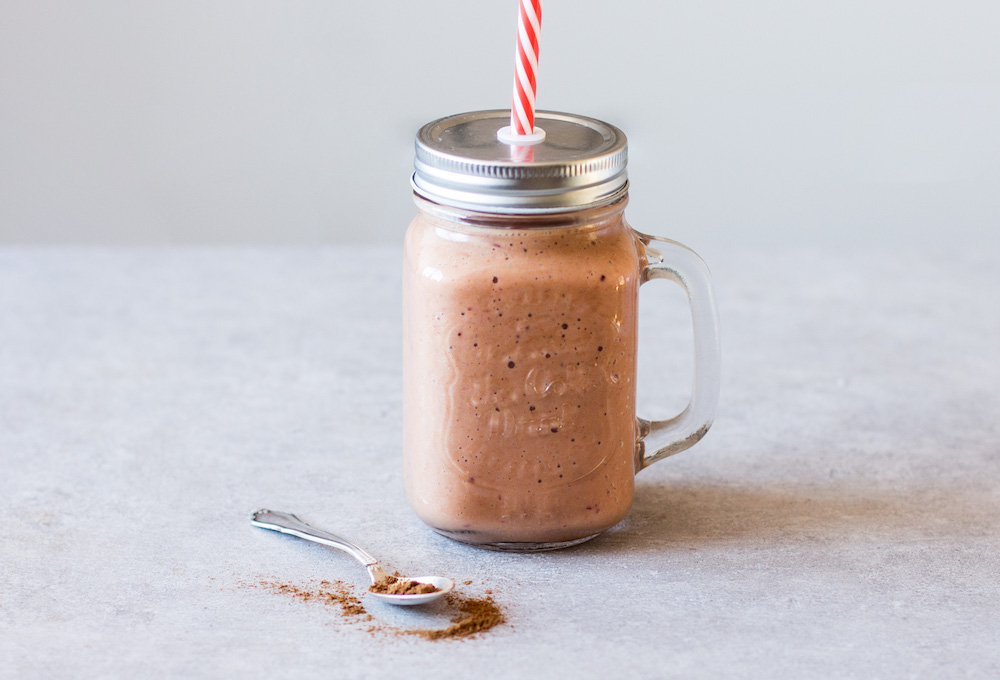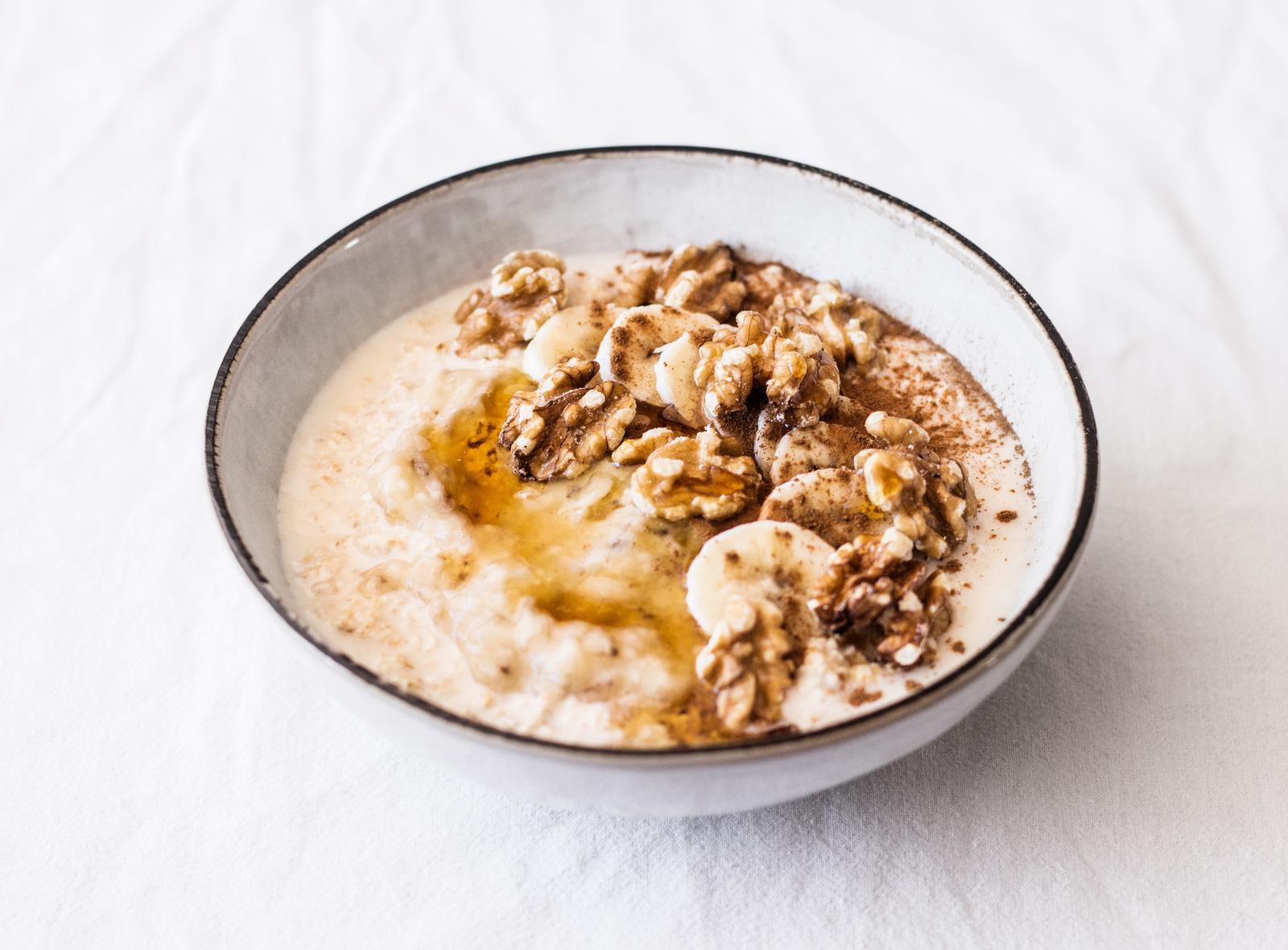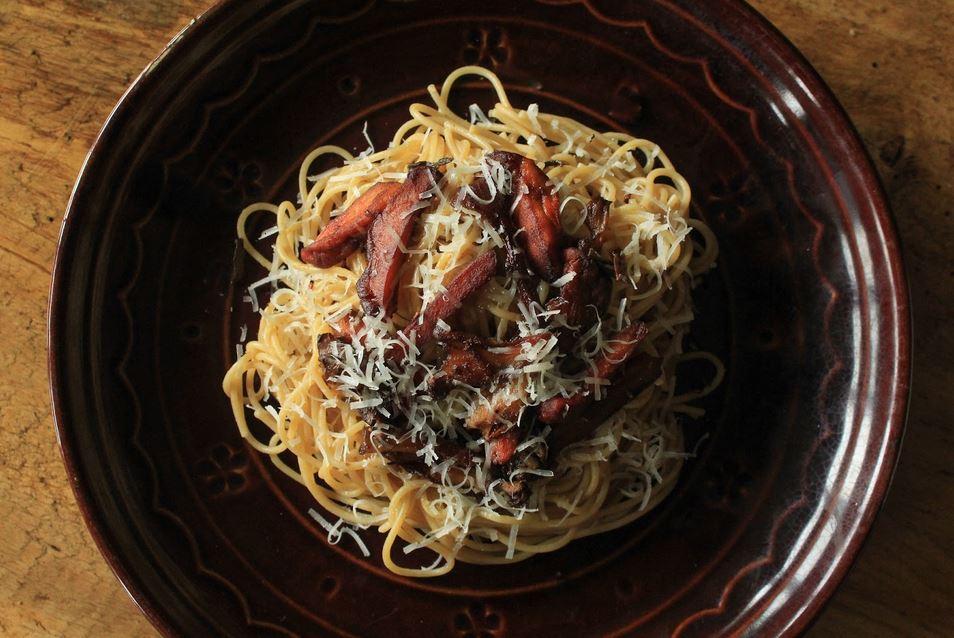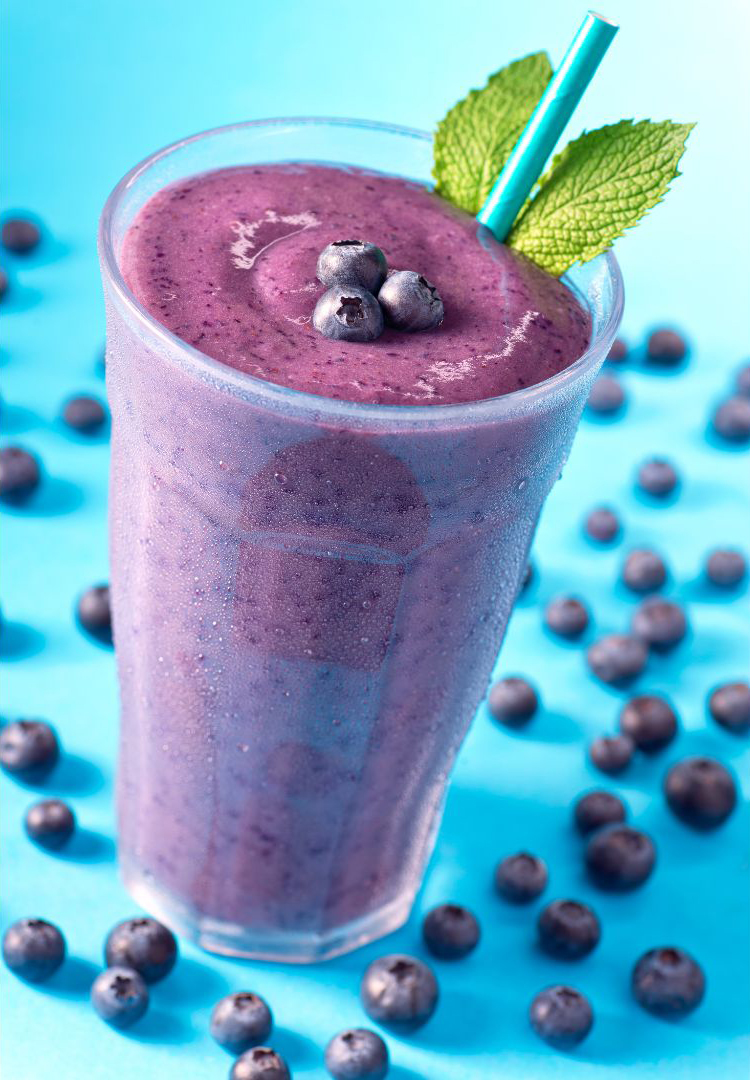Recipes
Pumpkin pie smoothie
This autumnal treat is delicious any time of year! Get all the flavor of pumpkin pie – without the added sugar – for a simple breakfast or snack.
Banana bread overnight oats
Banana bread is usually loaded with butter and sugar, but today it gets a whole foods, plant-based update in a simple, yet tasty oatmeal. Still delectably moist with a little bit of crunch, these overnight oats are worthy of a bowl-licking.
Brown butter mushrooms
Mushrooms are often touted as a superfood, and it’s for a good reason. The mushrooms used in the photo for this recipe, Chicken of the Woods and Hen of the Woods, provide more than a full daily serving of vitamin D as well as large amounts of protein, vitamin C, and flavonoids. Not only are they excellent for you, they also pack a delicious punch. Experiment with different types of mushrooms and see which you like best!
Burnt honey carrots
Roasting carrots concentrates their already sweet flavor, and roasting them so dark that they burn a little bit adds a bitter edge that is fantastic, especially when balanced by the butter and honey. Cooked carrots are excellent sources of calcium, phosphorus and potassium. Try experimenting with different colors of carrots, whether orange, yellow, white or purple.
Easy blueberry smoothie
The Blue Zones team developed this smoothie recipe during the 2009 pilot project in Albert Lea! Served with peanut butter toast, this is a quick and nutritious breakfast – or lunch – for everyone in the family, especially as students settle into school routines.
Blueberries are a good source of vitamin K1, vitamin C, manganese, and several other beneficial plant compounds like anthocyanins. Eating blueberries on a regular basis may prevent heart disease, improve brain health, and help moderate blood sugar levels.
Kale chips
Kale is often called a super food because of its nutritional value and density. It’s high in fiber, calcium, and vitamins A, C, E, and K. It’s also rich in the antioxidants lutein and zeaxanthin. All together, eating kale reduces the risk for heart disease, macular degeneration, obesity, and more.
Kale soba salad
Soba noodles are made of buckwheat flour (and also usually a smaller amount of wheat flour), a nutritious grain that is unrelated to wheat. They have a stronger, nuttier flavor and are less chewy than other Japanese noodles like ramen or yakisoba. They’re often served in soups, chilled with a dipping sauce, or in salads like this one.
Thai cucumber salad
A salad doesn’t have to be just lettuce and ranch, it can be fun too! This salad contains fresh cucumber, red onion, cilantro and lime. Not only does it pack a zesty punch, it also provides large amounts of vitamin K, vitamin C, antioxidants and flavonoids. Pair it with an entree or eat it all by itself; it’s definitely tasty enough to do so..

